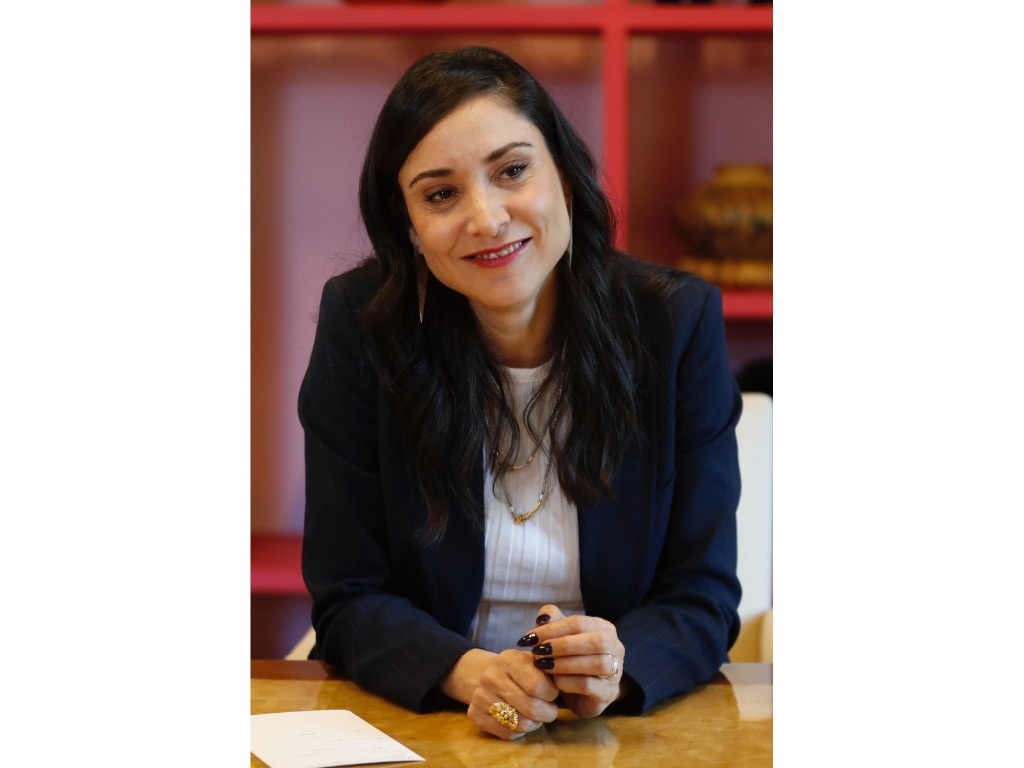One of the priority axes of the cultural policy of President Claudia Sheinbaum’s administration will be the incorporation of artistic education into national life, he told The Dayin the first interview given to the press, by the federal Secretary of Culture, Claudia Curiel de Icaza (Mexico City, 1979).
Although the main routes of work that will be carried out in the sector over the next six years also have to do with labor rights, support for creation and infrastructure, among others, it will be a profound intervention to rescue artistic education schools
.
In a long talk with The Daycarried out in its offices in Chimalistac, in the south of Mexico City, Curiel explained that We are not only going to paint a wall or give them (the schools) a guitar, but there will be an in-depth study of the needs in infrastructure and equipment. Above all, we are going to work on updating the study programs, since there are some that have been unchanged for 10 or 20 years.
.
He added that the meetings with the student communities have been very fruitful, because it is precisely these that have informed him of the shortcomings, also in terms of pedagogical issues.
By strengthening the schools of the National Institute of Fine Arts and Literature, what are the heart
of the educational system that depends on the federal Ministry of Culture (SC), the secretary continued, it will be in a position to expand the spectrum
that is, that professional artists intervene on a national scale in the educational transformation of the country.
“We are not going to reduce artistic education to the fact that only those who study art are going to dedicate themselves to being artists and they are the ones who should receive that education. Artistic education is a right for everyone and through the Ministry of Public Education (SEP) we are going to work in basic and upper secondary schools, with extended hours, as President Claudia Sheinbaum mentioned in her One Hundred Commitments. We are going to intervene in training issues.
“We are evaluating what we need at the high school level to close the gaps,” the secretary explained in the conversation with ‘La Jornada’. Photo Marco Peláez
“With the people who designed the SEP programs we saw that the content is already there, the teachers have it, but how to activate it in artistic initiation is missing. That is where we are going to enter with our students to design how to intervene in the territory through performing arts, theater, music.
We are going to recover the school theater and dance programs and that it is not just about presenting ourselves in a forum like the Palace of Fine Arts or studying art just to teach classes in a classroom. We are going to provide broader pedagogical tools, which our students have also asked for, to intervene in communities or in support of non-formal artistic education, without neglecting their professional training.
The idea is that in the extended hours in the primary and secondary schools of the SEP, sport and culture are integrated, that there is a certified pedagogical system that is not reduced to drawing or a flute, We are going to prepare trainers on how to intervene in the territory through performing arts, dance or music
.
This means that we have to talk about inclusion issues, about how to work with students according to their contexts and needs. We must think that we are already in another political and social moment, where community culture is central and not individualism. We have to think more about the community and take advantage of Inbal and all the schools we have (the National School of Anthropology and History, the Cinematographic Training Center, etc.), in which, in addition, almost 40 percent are students from the states.
Curiel acknowledged that there has been a significant reduction in enrollment in these institutions, “because being eligible to study such a career is complex if you also arrive and do not have a professional opportunity or pedagogical training, or a school that inspires you and has the conditions for a vocational training. We are also going to work on recovering and expanding enrollment.
We are evaluating what we need in artistic education at the upper secondary level to close the gaps, strengthen the system and also now influence artistic initiation with the SEP; With our teams of students and professionals we are going to carry out an important project of education and community culture in the municipalities.
For all of the above, at least the first years of the six-year term We are not going to invest in new infrastructure: we are going to redirect resources to the issue of artistic education, to the infrastructure that already exists and to continue refining the support mechanisms for artistic creation
.
#Arts #education
–
